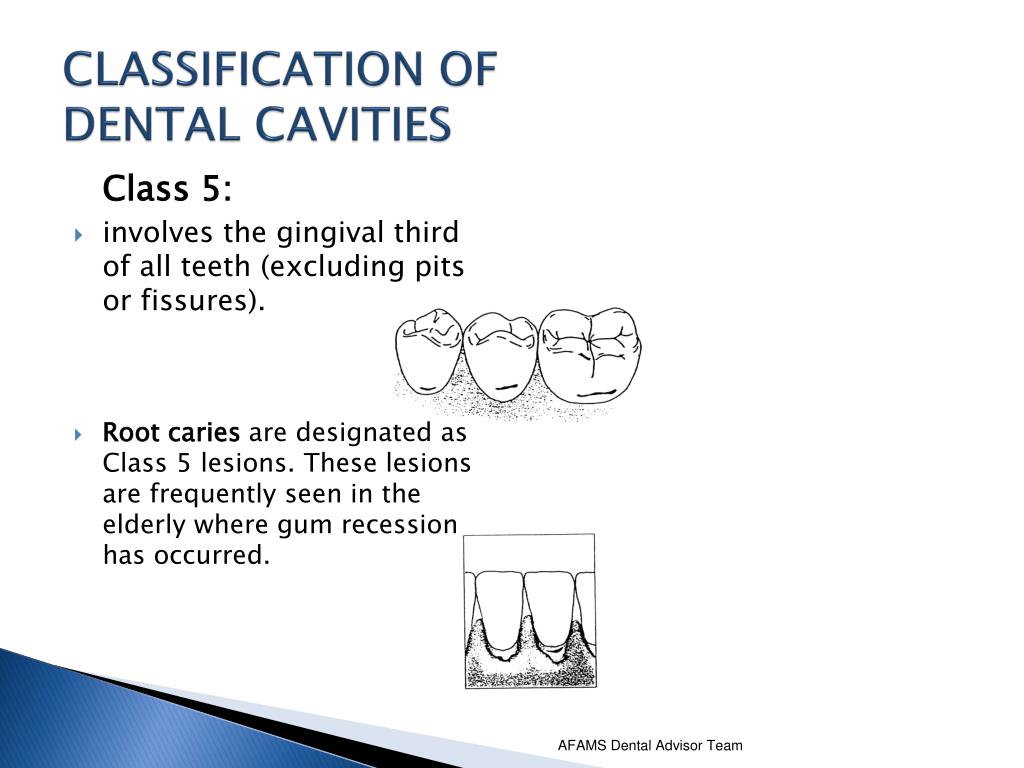

It is intended to control local irritational factors. Within the limits of this study, the distribution of various calculus types was similar on different parts of the root surface however, calculus was found more frequently on the coronal thirds than on the more apical regions. Dental calculus is primarily composed of inorganic components (70 - 90) and. D1110 : Adult Prophy removal of plaque, calculus and stain from the tooth structures in the permanent and transitional dentition.

Table 1 summarizes the AAP/EFP classification parameters. Using this classification, it is possible to assign a level of disease at all patient evaluations (Stage 14) and, after two or more evaluations, assign a rate (Grade AC) of disease progression. In general, it was observed that most of the deposits were of the thin, smooth veneer type on all root surfaces. The 2018 classification has become the standard classification for the periodontal diseases. The coronal thirds of the root surfaces were found to have significantly more calculus deposits than the middle thirds (P <. Regardless of the morphologic type, calculus deposits were observed at around 30% of proximal root surfaces. The distribution of different morphologic types of subgingival calculus on each division of the mesial and distal proximal root surfaces was evaluated with a magnifier. Calculus can form around the crown of the tooth (supragingival) and/or under the gingival margin of the tooth (subgingival). Subgingival calculus present was classified as: 1 = crusty, spiny, or nodular 2 = ledge or ring 3 = thin, smooth veneers 4 = finger- or fernlike 5 = individual calculus islands/spots or 6 = supramarginal upon submarginal deposits. CALCULUS What is calculus Calculus (tartar) forms on the teeth when plaque is left on the surface to harden. The proximal root surfaces below the gingival margin were divided into three parts in an apicocoronal direction, and each of these portions was further divided into three parts in a buccolingual direction. The mean pocket depths and periodontal attachment levels of the extracted teeth were 5.93 +/- 1.51 mm and 7.82 +/- 1.75 mm, respectively. This may occur due to various reasons, including calculus accumulation, dislodged calculus during debridement pushed into the soft tissues, or a foreign body impaction like dental floss or a piece of toothpick. Ninety extracted teeth from 29 chronic periodontitis patients were collected. Most periodontal abscesses originate due to the blockage or obstruction of a periodontal pocket. One or more complexity factors may shift the stage to a higher level. To evaluate the distribution of morphologic types of subgingival calculus at different parts of the proximal root surface. Tooth loss due to periodontitis may modify stage definition.


 0 kommentar(er)
0 kommentar(er)
